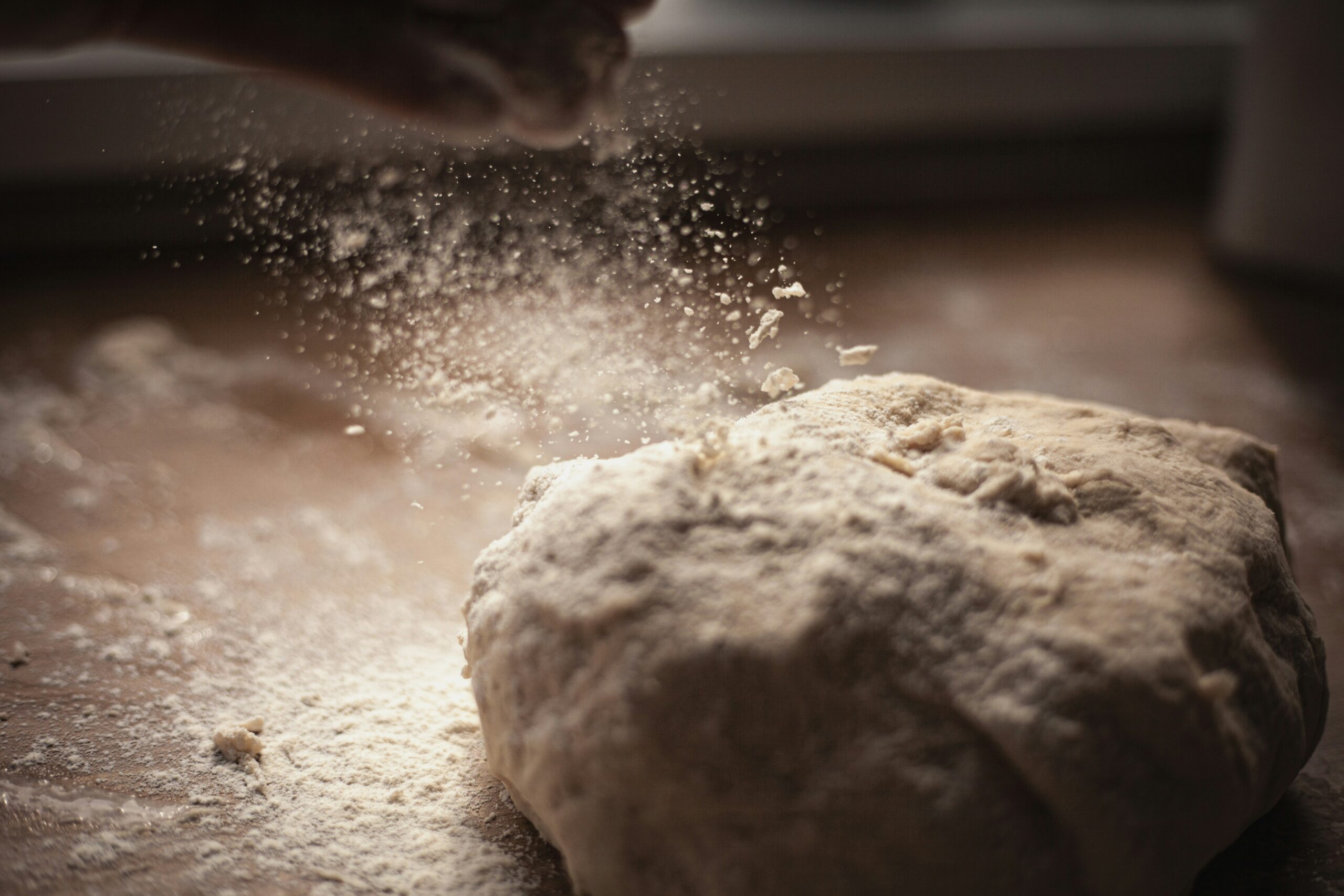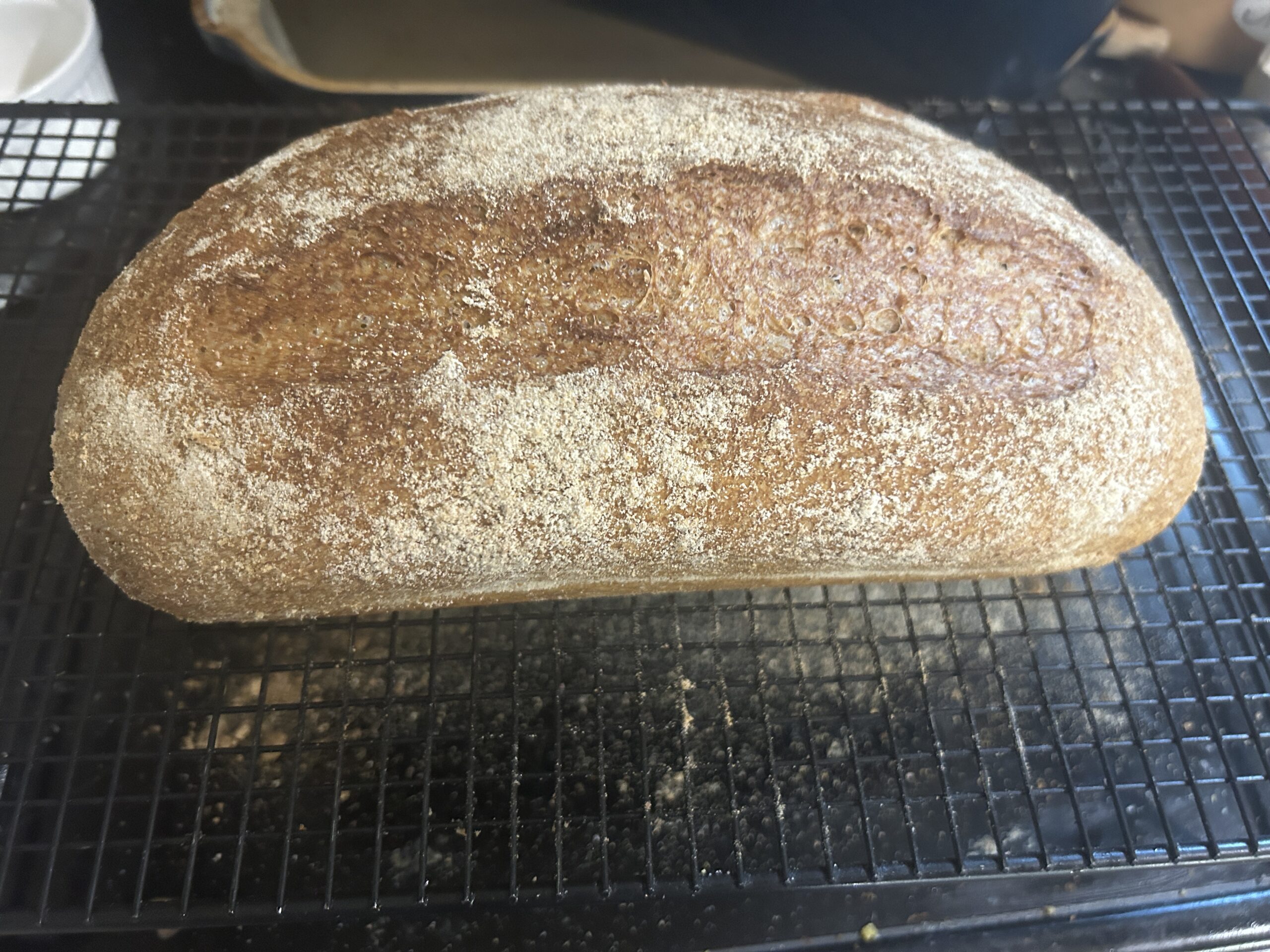Understanding the nuances of mixing and kneading is crucial to achieving the perfect fresh milled bread. Combining ingredients to form dough is known as mixing, while kneading develops the gluten matrix, essential for texture and structure.
Mixing the Dough
Mixing begins by combining ingredients such as flour, water, eggs, fats, sugars, and yeast or sourdough starter. This initial step sets the foundation for the dough’s consistency and flavor profile. Ensure thorough incorporation of all ingredients to promote even fermentation and gluten development.
Proving the Yeast (if using active dry yeast)
For active dry yeast, activate it in warm water until frothy. This proves the yeast’s viability and readiness to leaven the dough. If the yeast fails to froth, it indicates inactive yeast that should be replaced before proceeding with the recipe.
Incorporating Yudane (Optional)
Yudane, a technique involving pre-gelatinization of flour with boiling water, enhances bread’s softness and shelf life. Incorporating yudane or its alternatives enriches the dough’s texture, making it ideal for softer bread varieties.
Mixer Kneading Technique
Utilize a stand mixer to blend and knead the dough effectively. Mix on low speed to combine ingredients and gradually increase speed to develop gluten. Avoid high-speed mixing, especially with high-hydration doughs, to prevent overheating and motor strain.
Hand Kneading Method
Hand kneading offers a tactile approach to dough preparation, promoting careful gluten development without overworking. Use a bench scraper to fold and stretch the dough, incorporating additional flour as needed to prevent sticking. Aim for a smooth, elastic dough consistency through consistent folding and turning.
Windowpane Test
The windowpane test assesses gluten development by stretching a small piece of dough until translucent without tearing. This indicator ensures proper dough elasticity and readiness for fermentation. A well-kneaded dough exhibits resilience and elasticity, essential for achieving a light, airy crumb in the finished bread.
Troubleshooting Wet Dough
If the dough appears overly wet during mixing or kneading, resist adding more flour immediately. Allow the dough to rest some to absorb water and relax gluten strands. This technique makes for easier handling and shaping during next steps without weakening dough structure.
Bread Machine Adaptation
For bread machine fans, adapt the mixing and kneading processes to suit the machine’s capabilities. Utilize the dough cycle for initial mixing and kneading stages, then transfer the dough to a work surface for work the dough by hand.
Join Our Community
Connect with fellow bread enthusiasts in the “Milling Fresh Flour with Lovely Bell and Dr. Mel” community. Gain insights, troubleshooting tips, and personalized guidance for baking with freshly milled flour. Embrace the journey of artisanal breadmaking with support from a vibrant community dedicated to mastering the art of bread.



